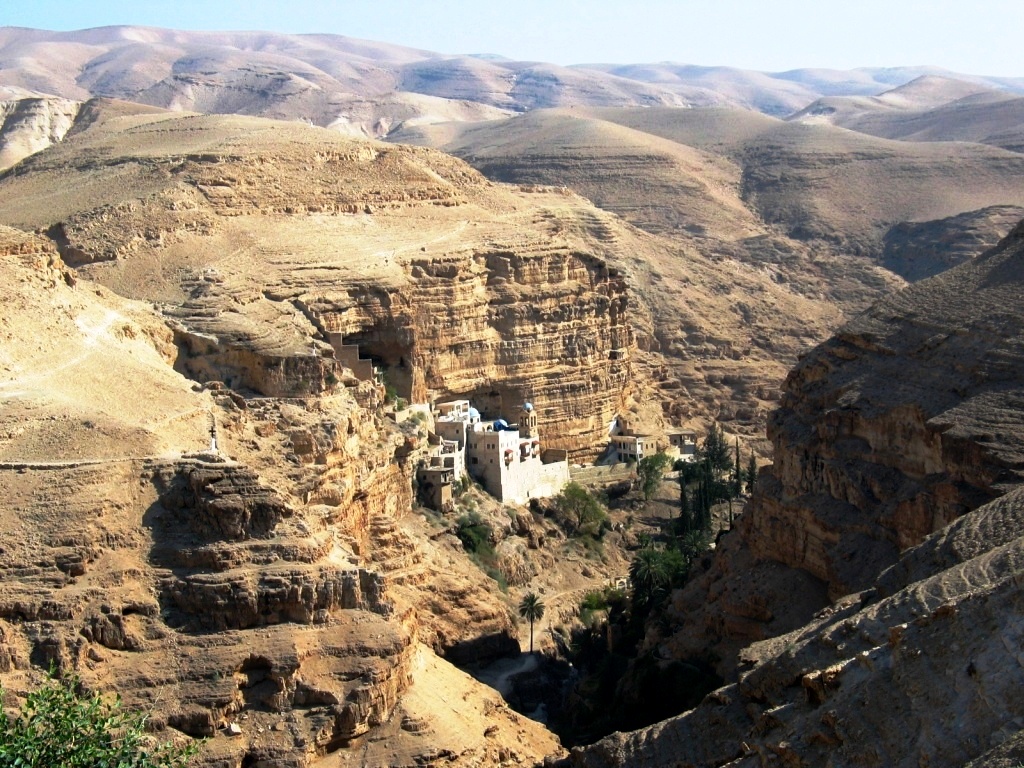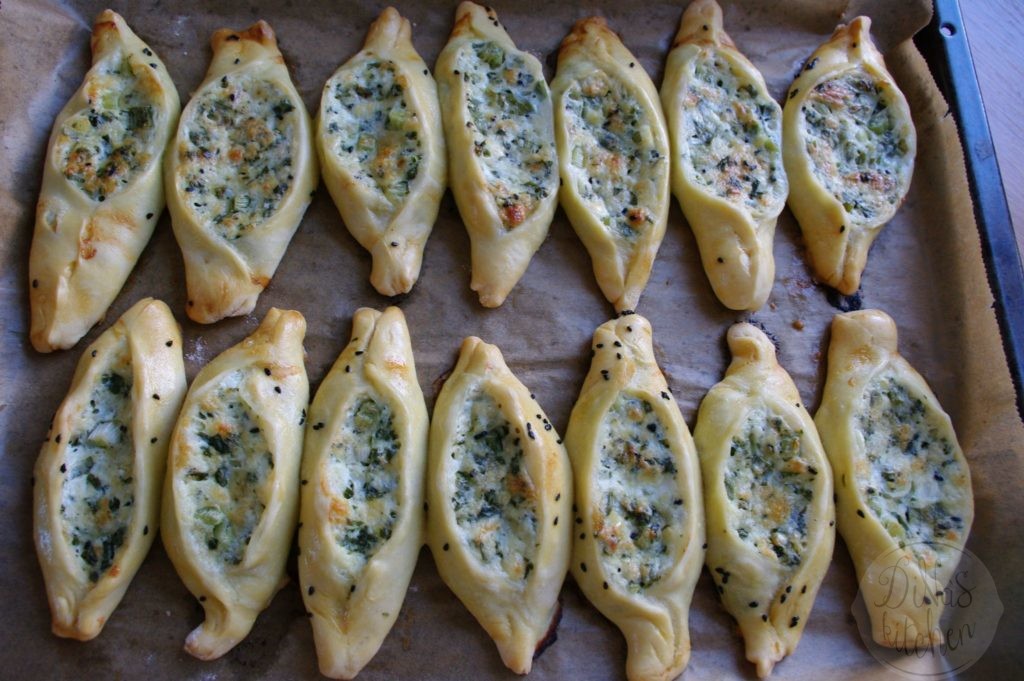All About Palestine
Physical geography of Palestine
Location
It’s a country (sometimes recognized as a territory which I don’t agree with at all) in the Mediterranean region,
it has Jordan from the east, Egypt from the south-west, and Syria from the north-east, and Lebanon from the north.
The capital is Jerusalem.

Landforms
Palestine is divided into four regions of landforms: inner and coastal plains,
hills and mountain country,
southern desert and gore, and Jordan valley. Gore is a deep valley.

Landmass
Internationally, the landmass of Palestine is counted as 6,220 km² although I believe it’s a lot more.

Climate
Palestine has a temperate Mediterranean climate. Winters are cold and wet. Summers are hot and dry.
The rainy season is between November and April.
Spring and autumn have the best weather with a temperature of 23 degrees Celsius.
Vegetation
Hills are covered by maquis, and wildflowers bloom, and some wild desert scrub is in the desert part.
Major resources
Fresh and ground water, fertile and arable land, oil and natural gas, sand, copper ore, magnesium bromide, and phosphate rock.
Cultural geography of Palestine
Language
Arabic is the primary language in Palestine.
Religion
Islam is the major religion in Palestine.
Food
Bread Dishes
Fatayer:
zaatar, spinach, or meat pie.

Manakish:
bread with zaatar and olive oil, or cheese.

Sfiha:
Flat bread with beef and red pepper

Traditional Dishes :
Vine leaves: leaves with rice, meat, and tomatoes it is an amazing dish I really love it.

Maqluba: meat, rice, and fried vegetables such as eggplant, potatoes, and cauliflower that is upside down- this is where it gets the name.

Musakhan: is bread with olive oil, onions, and chicken. Its taste is amazing.

music
Palestine has folklore songs such as “3ala dal3ona” and “ya ray7een 3al Quds”
sports
horse race, running, wrestling and swimming are Palestine's sports.
Celebration
Independence Day, Eid al fitr and Eid al adha.
Lifestyle
lifestyle is a bit unstable in Palestine due to the dispute and conflict.
History
1947- the start of the conflict
There was conflict in Palestine since the Israelis wanted to take Palestine, and due to all the wars, the UN proposed in 1947 that Palestine is divided into 2 sections, one for Jews and the other for Palestinians with Jerusalem as a common territory, and Palestinians did not agree to that.
1948-Israel is regarded as a state and the first intifada
Israel was regarded as a state in 1948, as a result the Palestinians protested and made the first intifada, and between 700,000 and 900,000 Palestinians were forced to leave their homes and they were counted as refugees.
1967- Six-day war
A six-day war happened and the Israelis won and claimed the rest of the land, now they control it as they like.
2000- Second intifada
Another intifada happened as the Palestinians wanted to reclaim their land back.
My Opinion in the conflict:
Many people ask why didn’t the Palestinians agree to the offers of claiming some of the land and this is why. Imagine you have nothing left in this world other than a piece of chocolate. Then someone just takes half of it, definitely you’ll argue and shout and say: this is my chocolate. Even if they want to give you 80% or whatever its just unfair since it's not their chocolate, so they don’t have the right to take even 1% of it without your permission. Now if we apply this example on the Palestinian conflict, its exactly the same, the chocolate symbolizes the land. This is why Palestinians never agreed to the offers, Israel took Palestine but we did not and we will never give them the permission to take it.
Issues
There are many issues caused by the conflict and the people living in Palestine are in very tight situations, such as Gaza blockade, and that Palestinians can’t enter Jerusalem without a permit, which in my opinion is extremely unfair.
Economy
Palestine has a small economy, it is not very strong due to the conflict. Most of the money comes from the religious tourism to al-aqsa mosque and other religious places. The main imports are: Food, consumer goods, and construction material. Main exports are: Olives, fruits, textiles, and flowers.








